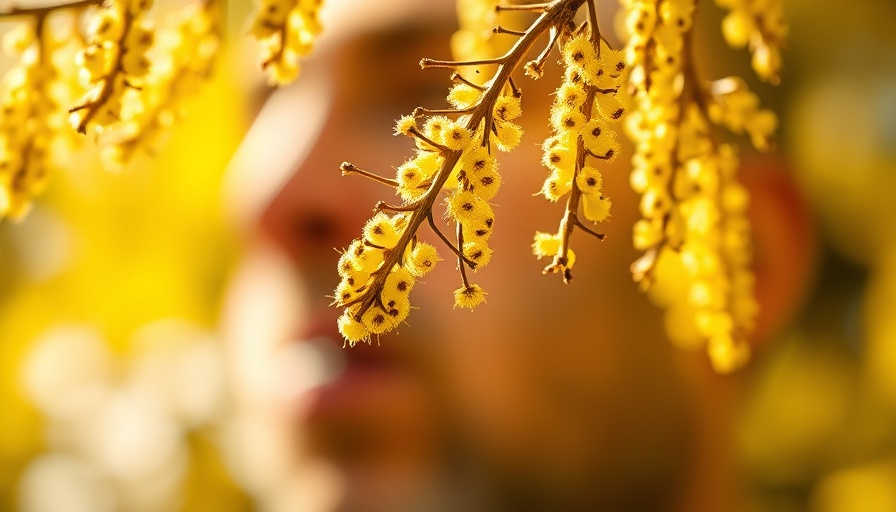
The Impact of Climate Change on Seasonal Allergies
As the world continues to grapple with the realities of climate change, a more immediate consequence is emerging: worsening hay fever symptoms. The combination of rising temperatures, shifting weather patterns, and increased pollen production is contributing to a significant uptick in allergic reactions among individuals across the globe. This phenomenon is particularly troubling as it deals directly with our quality of life, causing discomfort and frustration during traditionally mild seasons.
Linking Climate Change to Hay Fever
Recent studies have shown clear correlations between climate shifts and seasonal allergies. For instance, warmer temperatures lead to a longer growing season, allowing plants to release pollen earlier and more abundantly. This means that individuals, already sensitive to allergens, are exposed for longer periods, intensifying their symptoms and requiring them to seek relief. According to a report by the American Academy of Allergy, Asthma & Immunology, many regions are experiencing an increase in pollen counts—an issue exacerbated by climate change.
Why Understanding Pollen Seasons Matters
For people suffering from hay fever, understanding pollen seasons is crucial for managing their symptoms effectively. With climate change causing shifts in plant behavior, staying informed about pollen forecasts can help individuals plan their outdoor activities accordingly. Local health and wellness centers often provide resources to help them learn about these changes, enabling proactive steps in their daily routines.
Natural Remedies to Combat Hay Fever
As awareness grows about the implications of climate change, many people are seeking natural remedies to combat hay fever. Options like herbal supplements and alternative medicine approaches, such as naturopathy, are becoming increasingly popular. Naturopathic doctors often recommend a variety of treatments, including dietary supplements rich in vitamins and minerals that can help bolster the immune system against allergens.
Steps You Can Take to Live Healthier
To adapt to the changing environment and manage your health effectively, consider embracing lifestyle medicine principles. Incorporating regular yoga and physical activity not only boosts your immune response but also enhances overall well-being. Additionally, keeping a close eye on the pollen count using mobile apps and setting up air purifiers in your home can create healthier living conditions, even during peak allergy seasons.
The Importance of Community Engagement
Staying engaged with community health and wellness events can also provide support and resources. Many local community health centers offer seminars on managing allergies, which can be invaluable in learning and sharing strategies with others facing similar challenges. Participating in these activities amplifies awareness of climate change and its impact on public health, fostering a sense of collective action.
Embracing Change for Better Living
The dynamic interplay between climate change and hay fever serves as a reminder of the importance of adaptability in our lives. As we acknowledge the broader implications of our changing environment, we need to adopt proactive measures to safeguard our health. This shift requires not just individual actions, but also a commitment to raise awareness about health and wellness as it relates to our surroundings. Embracing a holistic approach can remarkably uplift our quality of life, allowing us to thrive despite environmental stressors.
Consequently, as we become more attuned to how climate change is reshaping our health landscape, consider establishing a connection with local wellness communities that are dedicated to addressing these pressing issues together. By doing so, you'll not only enrich your own life but contribute to a healthier, more robust community.
 Add Row
Add Row  Add
Add 




 Add Row
Add Row  Add
Add 


Write A Comment